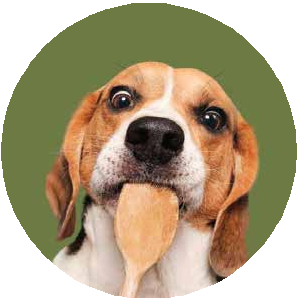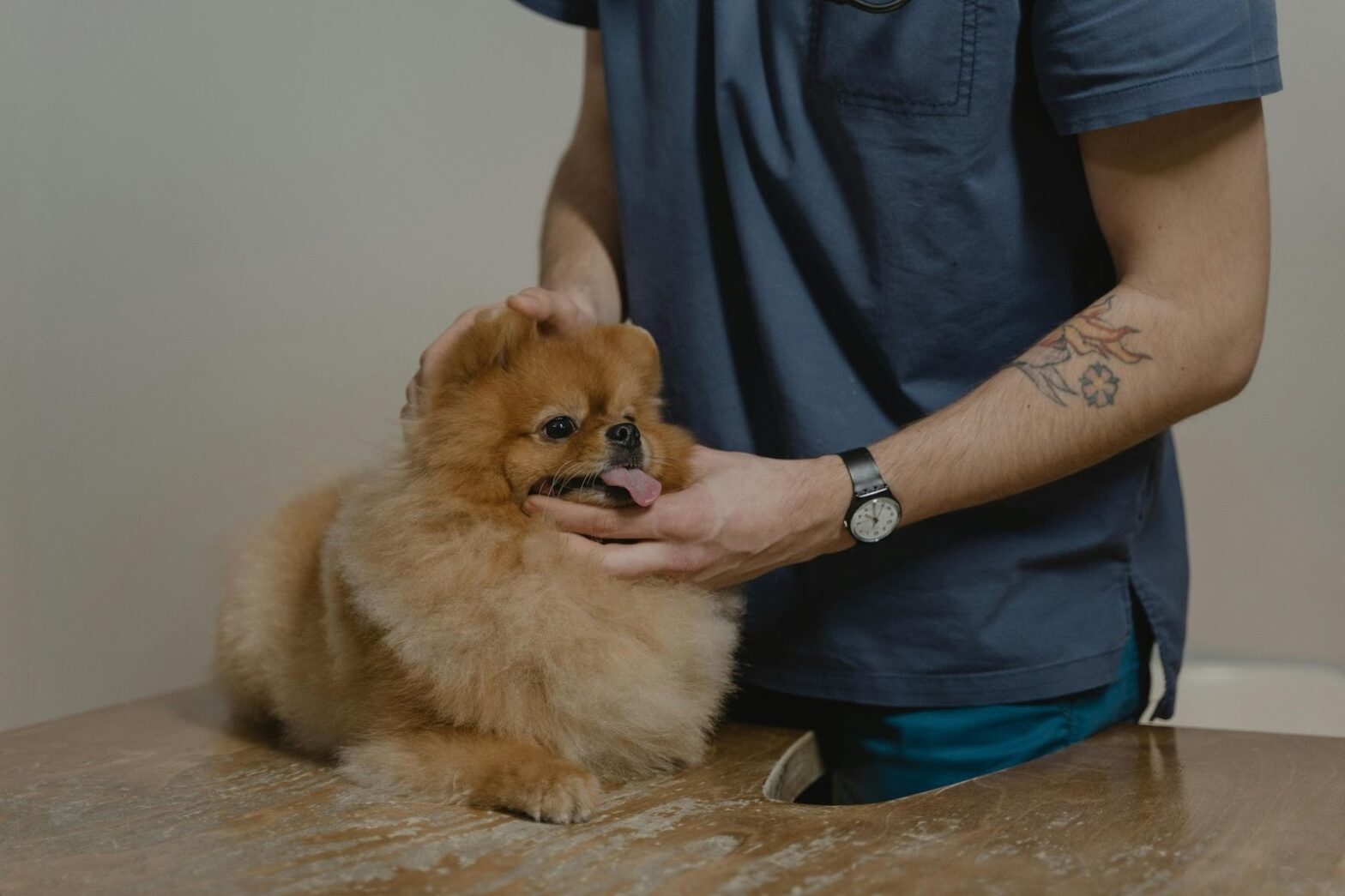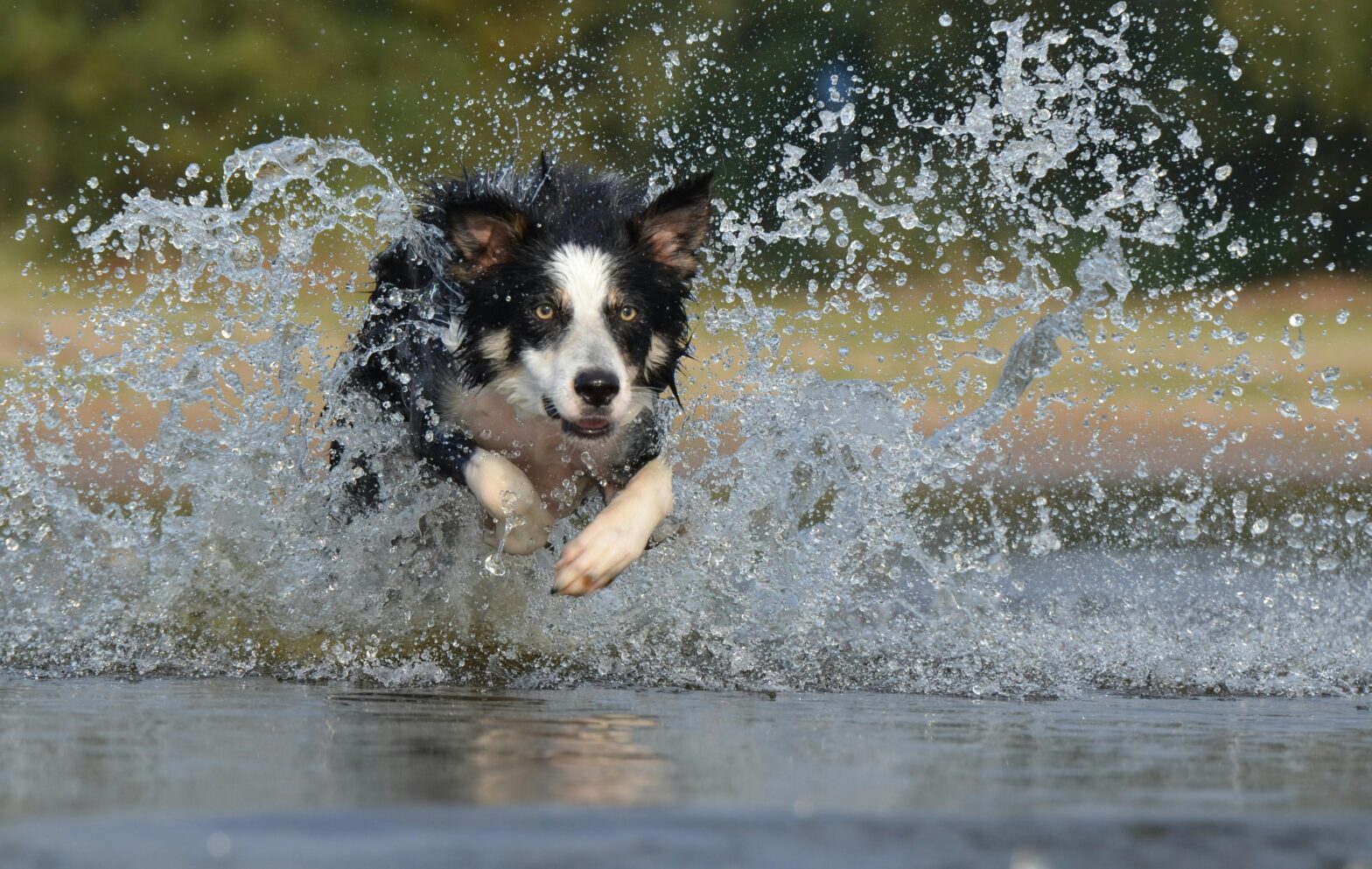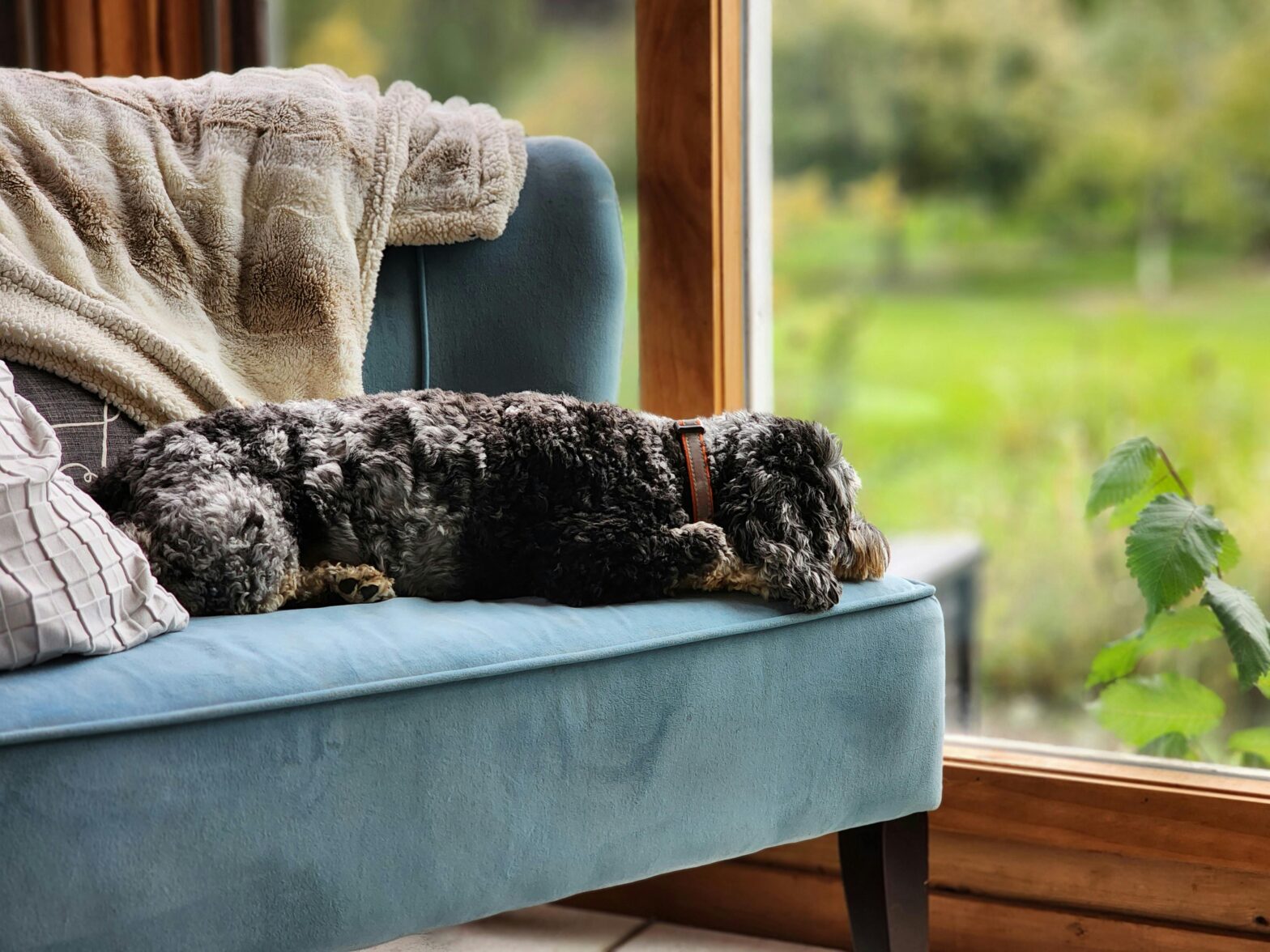You’re giving belly rubs on a lazy Sunday when something makes you pause.
Was that a lump?
Or did your dog just grunt weird?
Cue the mini-panic spiral: Do I call the vet? Do I Google it? Do I text the group chat?
Relax. You don’t need to become Dr. Dolittle overnight. But what you can do is learn how to do a quick, nose-to-tail home health check for your dog. Think of it as your pup’s wellness scan, a chance to spot little red flags before they turn into big vet bills.
At The Good Paws, we’re all about making health checks simple, science-backed, and maybe even fun. Grab your dog (and maybe some treats), and let’s get into it.
Step 1: Check the Vitals, aka the “What’s Normal” Cheat Sheet
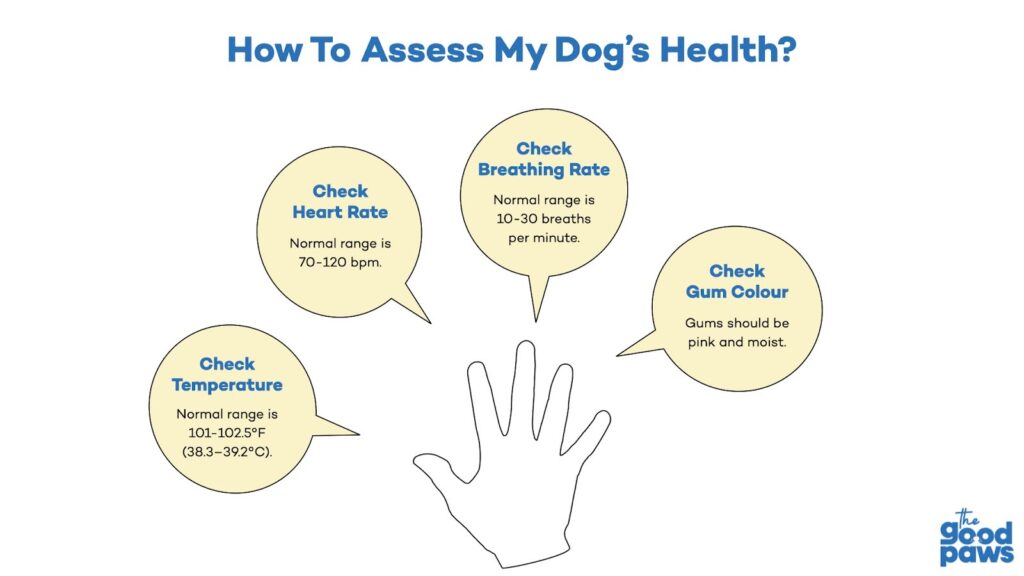
Just like humans, dogs have baseline numbers. Knowing these means you’ll notice when something’s off.
- Temperature: Normal is 101–102.5°F (38.3–39.2°C).
- Heart rate: 70–120 beats per minute for most dogs (puppies and small breeds run faster).
- Breathing rate: About 10–30 breaths per minute at rest. If your snoozing pup is over 35/min, that’s a red flag.
- Gum check: Gums should be pink and moist, and capillary refill time (press finger, color returns in 1–2 seconds) is a quick hydration + circulation test.
Pro Tip: Keep a little log in your notes app. Vets love it when you can say, “His resting rate was 18, but suddenly jumped to 32.” That’s real-life detective work.
Step 2: The Nose-to-Tail Routine
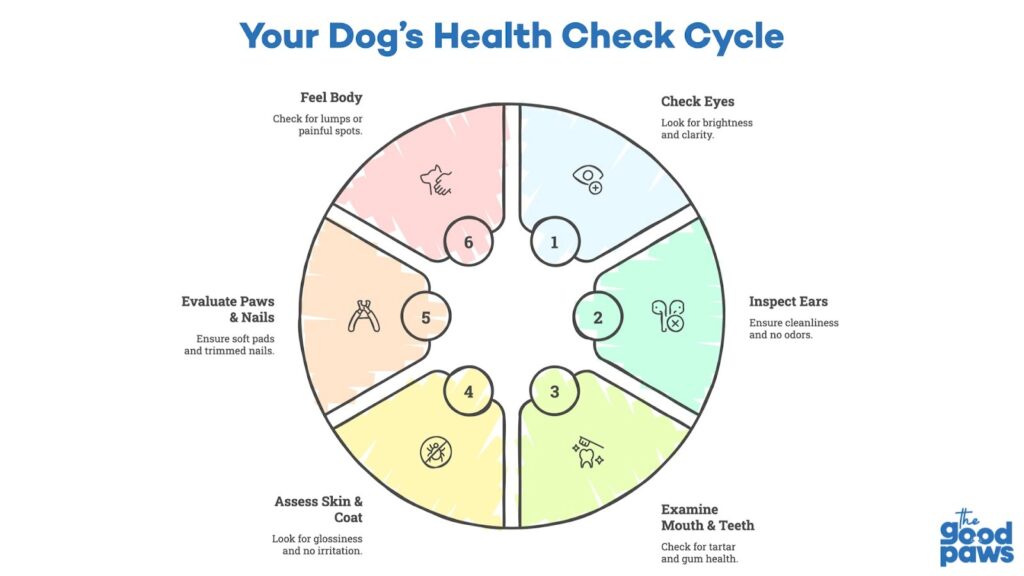
This is like your dog’s spa day, but instead of cucumber eye masks, you’re checking for signs of trouble.
- Eyes: Bright, clear, no gunk build-up. Redness or cloudiness = time for a vet visit.
- Ears: Clean, no funky smells. Head-shaking or brown discharge? Could be infection. Our Hear & Clear Ear Cleanser reduces wax buildup while also preventing infection and soothing any itching, no brainer really!
- Mouth & teeth: More than 80% of dogs over 3 have some form of dental disease. Look for tartar, red gums, or bad breath. Bonus points if you brush regularly. Product placement alert: don’t miss our Ta Ta Tartar for awesome breath and awesome-r health!
- Skin & coat: Glossy and itch-free is ideal. Fleas, dandruff, bald spots though? Not so much. Our shampoo and fur products ensure your dog loves you that tiny bit more forevaaah.
- Paws & nails: Pads should be soft, no cracks. Nails trimmed, no limping. Yet again, our products will come to your rescue here!
- Body: Run hands gently over their body. New lumps, bumps, or painful spots should always be checked by your vet.
Pro Tip: Use treats as bribes. They’ll think it’s a massage; you’ll know it’s a health exam. Win-win. Hehe.
Step 3: Weight and Body Condition
Most of us underestimate when our dogs are overweight. And it matters. A Purina study found lean dogs lived nearly 2 years longer than their heavier littermates. That’s two more years of sloppy kisses.
How to check:
- Feel ribs easily, but don’t see them poking? ✔️
- Look from above: waistline should taper in, not potato-out.
- From the side: tummy should “tuck up,” not sag down.
If you’re unsure, check out the WSAVA 9-point Body Condition Score chart. The ideal score is 4–5.
Step 4: Red Flags: When to Call the Vet
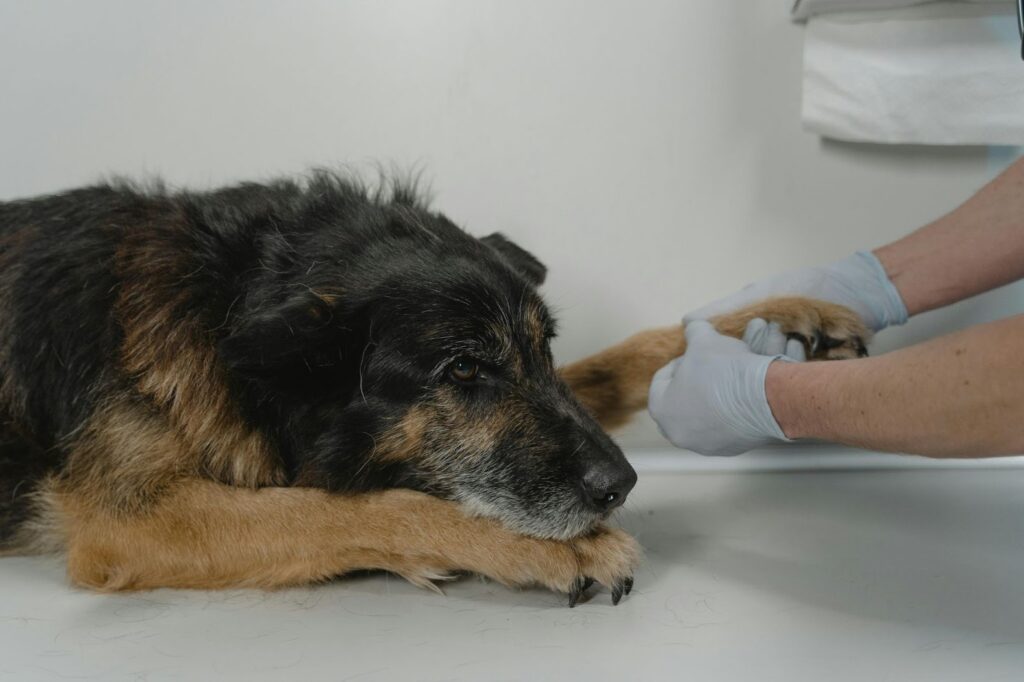
Most things you’ll spot are minor, but here’s when you shouldn’t wait:
- Breathing faster than 30–35 breaths/minute at rest.
- Gums pale/blue, or refill time slower than 2 seconds.
- New lump or sudden change in an old one.
- Persistent vomiting, diarrhea, or lethargy
Your home check should be receiving early alerts and not replacing your vet altogether.
Step 5: Make It a Routine
Once a week, five minutes. That’s it. Pair it with nail-trimming, brushing, or even Netflix cuddles. Over time, you’ll know what’s “normal” for your dog, and that’s the secret weapon.
Because, you see, prevention isn’t just about fleas or vaccines. It’s also about noticing that tiny shift that could mean your dog needs help.
And trust us when we say that your pup will love the extra attention.
A Final Woof
Doing a home health check might not make you a vet, but it does make you the kind of human who adds years to their dog’s life.
Science says so.
Love says so.
So grab those treats, run your hands nose to tail, and remember: it’s all good.
From wiggly gums to wagging tails… you’ve got this.
Got a question or spotted something odd during your dog’s check? Share your story in the comments or DM us @thegoodpawsclub. We’re in this together, one paw at a time.
About the author: Amritesh Mukherjee is a writer, journalist, editor and companion to the handsomest doggo of the universe, Dusky.






